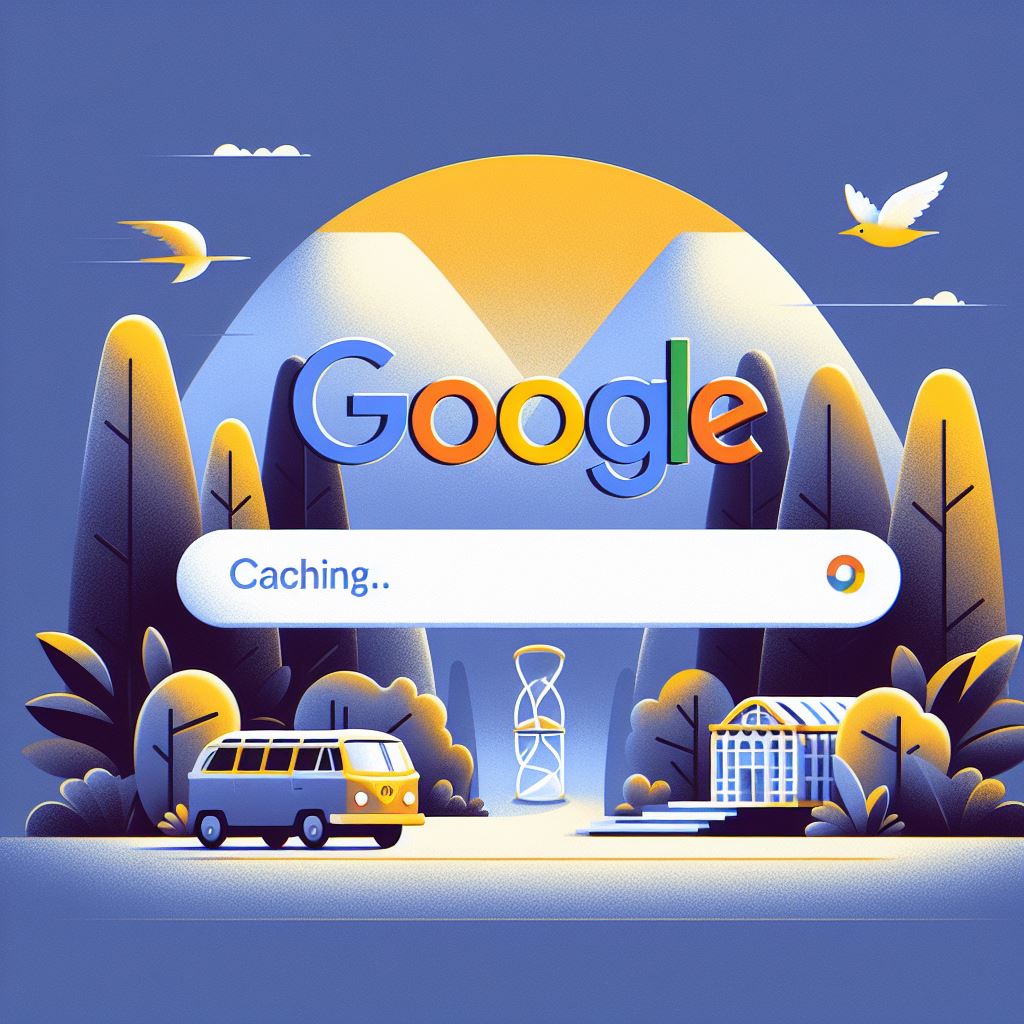
In my exploration of lag and lack thereof on the web, one aspect that stands out vividly is Google’s approach to speed in its early days. As a programmer delving into the intricacies of web performance, I couldn’t help but marvel at how Google’s simple yet shrewd decision to prioritize speed played a pivotal role in its ascent to dominance.
Back in the late ’90s, the internet was a bustling marketplace of search engines, each vying for users’ attention. Names like Yahoo!, AltaVista, and Ask Jeeves were among the contenders, offering their own unique features and quirks. However, amidst this crowded landscape, Google stood out not only for its superior search algorithm but also for its lightning-fast homepage.
One of the key factors contributing to Google’s rapid loading times was its minimalist design and the caching of its logo image. While competitors cluttered their homepages with advertisements and unnecessary distractions, Google opted for a clean, streamlined interface. And by caching the logo image on users’ browsers, they ensured that the homepage loaded almost instantly, even on sluggish internet connections.
This emphasis on speed was a stroke of brilliance on Google’s part. In an era where every second counted and users demanded instant gratification, Google’s fast-loading homepage became a magnet for those seeking efficiency in their ad-hoc searches. Whether it was looking up a quick fact or conducting in-depth research, users flocked to Google for its unparalleled speed and responsiveness.
The contrast between Google’s swift homepage and the slower-loading pages of its competitors was stark. While others struggled to keep up with the demands of impatient users, Google emerged as the undisputed champion of speed and reliability. And as the internet continued to evolve, this commitment to performance would solidify Google’s position as the go-to search engine for millions around the globe.
As I reflect on Google’s early days and its relentless pursuit of speed, I’m reminded of the profound impact that even the smallest optimizations can have on the digital experience. In a world where lag is the bane of every internet user’s existence, Google’s quest for immediacy serves as a testament to the power of speed in shaping our online interactions.
